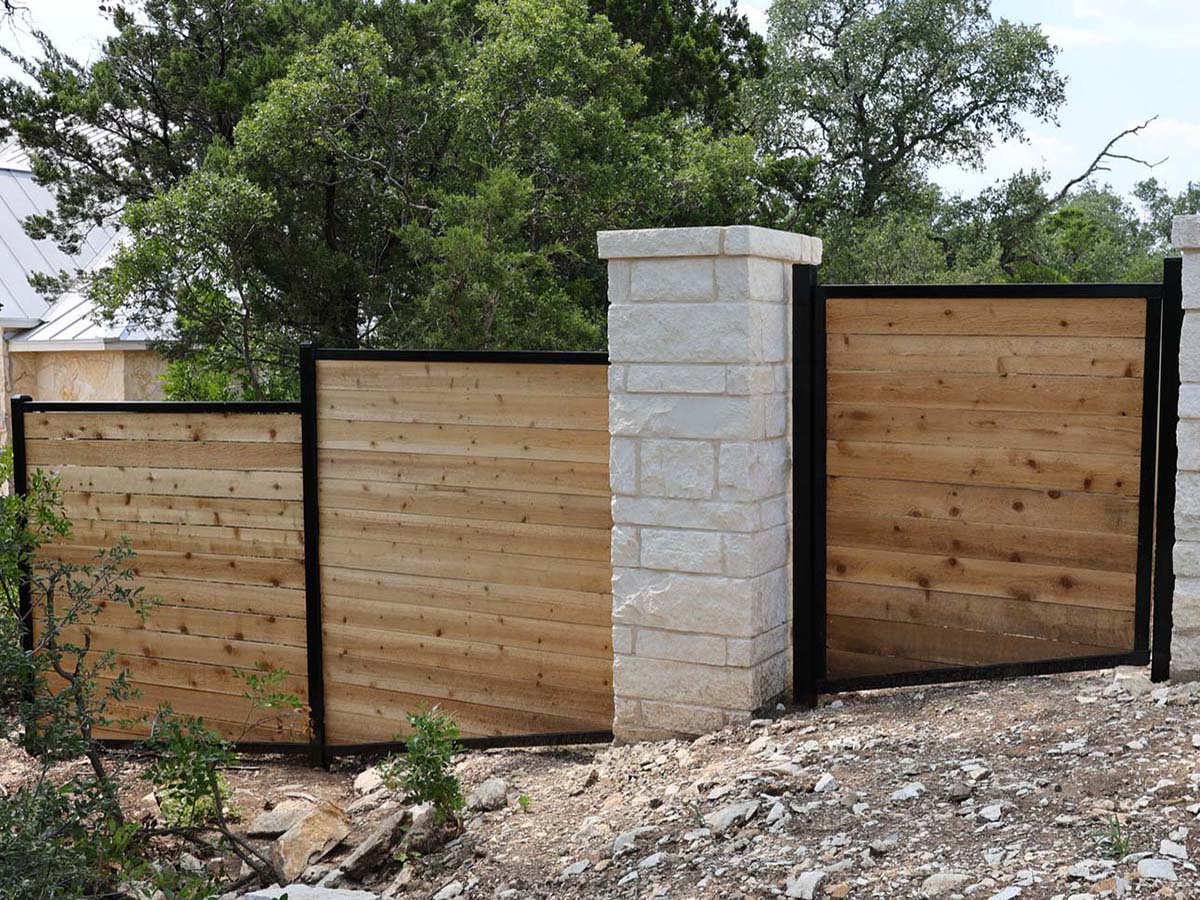All Categories
Featured

When considering setting up a fence on your residential property, among the most important steps is to comprehend whether you require a license. Fence installations frequently need a permit to make sure that the structure follows neighborhood zoning laws, developing codes, and safety and security criteria. The details authorizations required can differ depending on your place, the type of fencing you prepare to mount, and the elevation or placement of the fencing. Here's a guide to assist you browse the process of getting a fencing permit and make certain that your installment is convenient and lawful.
Why You Required a Permit for a Fence Setup. The permit procedure helps regional authorities verify that your fencing does not interfere with web traffic presence, regard your residential or commercial property lines, or breach height constraints. Setting up a fence without a permit can result in fines, removal of the fencing, or hold-ups in building and construction, so it's important to check whether a license is needed before starting your project.
Kinds of Authorizations You May Require. There are a couple of common sorts of authorizations you may need for a fence installation:
Structure Authorization. A structure permit is one of the most typical permit required for fencing installments. This permit ensures that the fencing satisfies safety and security standards and is constructed according to regional structure codes. A structure authorization is normally required if the fencing surpasses a particular height (usually 6 feet), is made from particular materials, or is situated near a public walkway or road.
Zoning Permit. A zoning authorization might be required to confirm that your fencing adheres to regional zoning regulations. Zoning guidelines can determine where a fence can be positioned on your residential or commercial property, just how high it can be, and whether it is admitted certain locations (such as along residential or commercial property lines or ahead yards) Some towns have policies limiting the height of fencings in the front backyard to ensure exposure for pedestrians and motorists.

Trouble Authorization. You may need a trouble license if you are developing a fencing near your building line or close to a road. An obstacle refers to the range a structure, including fencings, need to be from the building line. Obstacle laws vary by location, and making sure that your fencing is put correctly can stop conflicts with neighbors and avoid infractions.
Homeowner Organization (HOA) Authorization. You may require approval from them in addition to local licenses if you live in a community regulated by a Homeowner's Organization (HOA) HOA rules frequently cover the sort of materials, height, style, and color of fencings. Even if your city government doesn't call for a permit, your HOA may still have specific standards that need to be adhered to.
How to Apply for a Fence Authorization. To get a fence authorization, you'll require to call your local structure department or preparation workplace. The application process generally entails filling up out a kind, paying a fee, and sending a website plan of your building that reveals the suggested area of the fence. You may additionally require to consist of details regarding the products, height, and design of the fence.
In some instances, a local official might need to examine your residential or commercial property before approving the permit. As soon as the authorization is granted, you will certainly be authorized to proceed with your fencing installation.
When Is a Permit Not Required? In certain circumstances, an authorization might not be called for. These circumstances can consist of:
Reduced Height Fences: In numerous locations, fences that are below a particular height (typically 3 to 4 feet) might not require a license, especially if they are positioned in the yard or various other non-visible locations.
Fencing Substitute: If you're replacing an existing fence with the exact same elevation and product, some areas may not need a brand-new license.
Non-Obtrusive Fencings: Decorative or momentary fencings, such as those used for horticulture or landscape design objectives, may not need permits as long as they are reduced and not long-term.
Nonetheless, it is necessary to get in touch with your neighborhood zoning office or building department, as laws can differ by jurisdiction.
Consequences of Not Obtaining a Permit. Failing to obtain the essential licenses can result in significant effects. These consist of penalties, forced removal of the fencing, and even delays in building. In addition, if your fence doesn't satisfy neighborhood policies, you can deal with lawful problems with next-door neighbors or local authorities.

Conclusion. When setting up a fence, it's vital to look into the license requirements in your location. By ensuring that you follow neighborhood laws and obtain the required permits, you can stay clear of pricey errors and make certain that your fencing is legitimately certified. Check with your local structure division, HOA, and zoning workplace to identify what licenses are required for your certain fence task. This step is important to protect both your financial investment and your residential property's value.
Latest Posts
Boost Your Residential Property with Automatic Gates from Washington Fencing
Published Apr 20, 25
1 min read
Good Consumes with a Coast Ambiance at Deauville Inn
Published Apr 20, 25
1 min read
Open Exclusive Discounts with WyHy's Love My Credit history Union Incentives
Published Apr 20, 25
1 min read
More
Latest Posts
Boost Your Residential Property with Automatic Gates from Washington Fencing
Published Apr 20, 25
1 min read
Good Consumes with a Coast Ambiance at Deauville Inn
Published Apr 20, 25
1 min read
Open Exclusive Discounts with WyHy's Love My Credit history Union Incentives
Published Apr 20, 25
1 min read